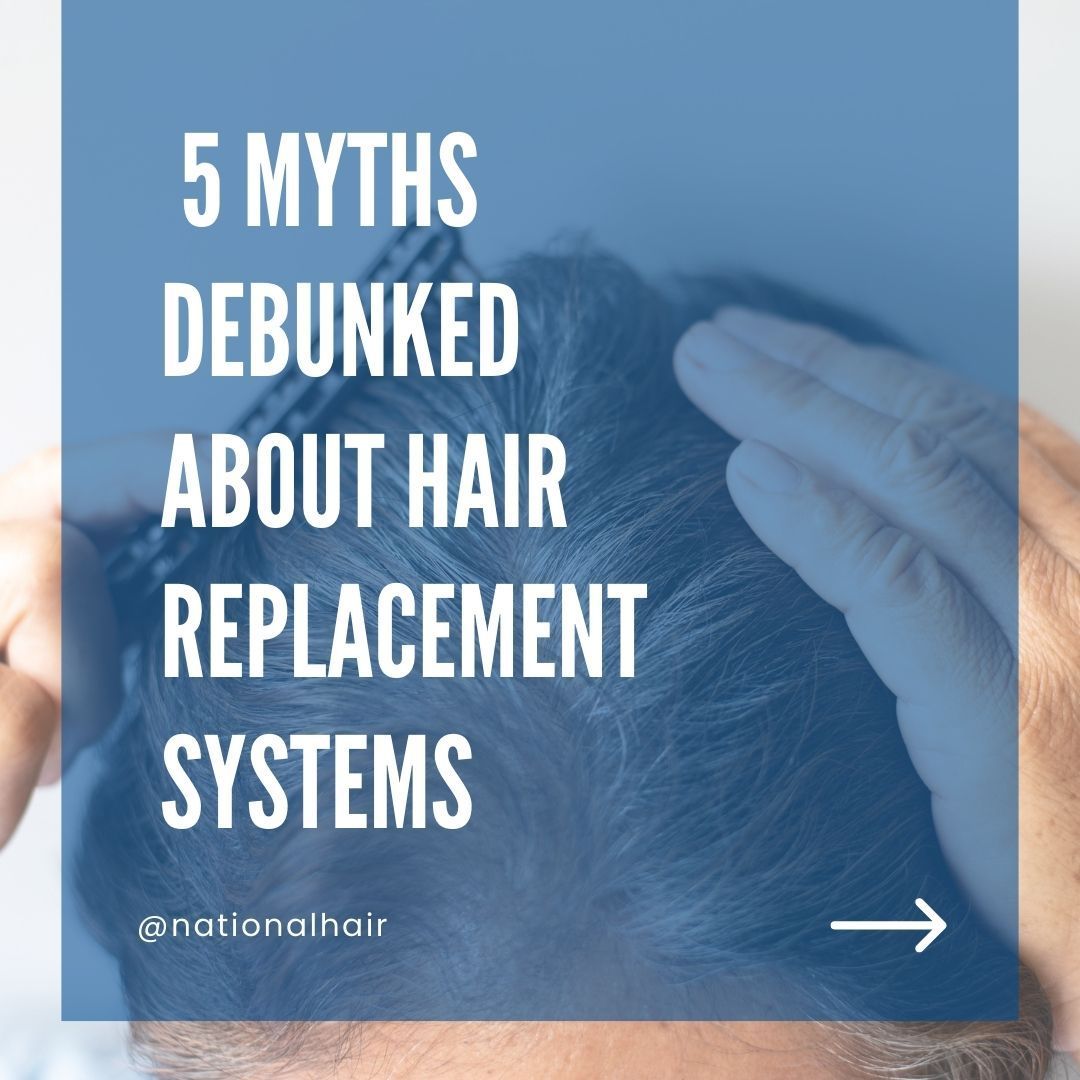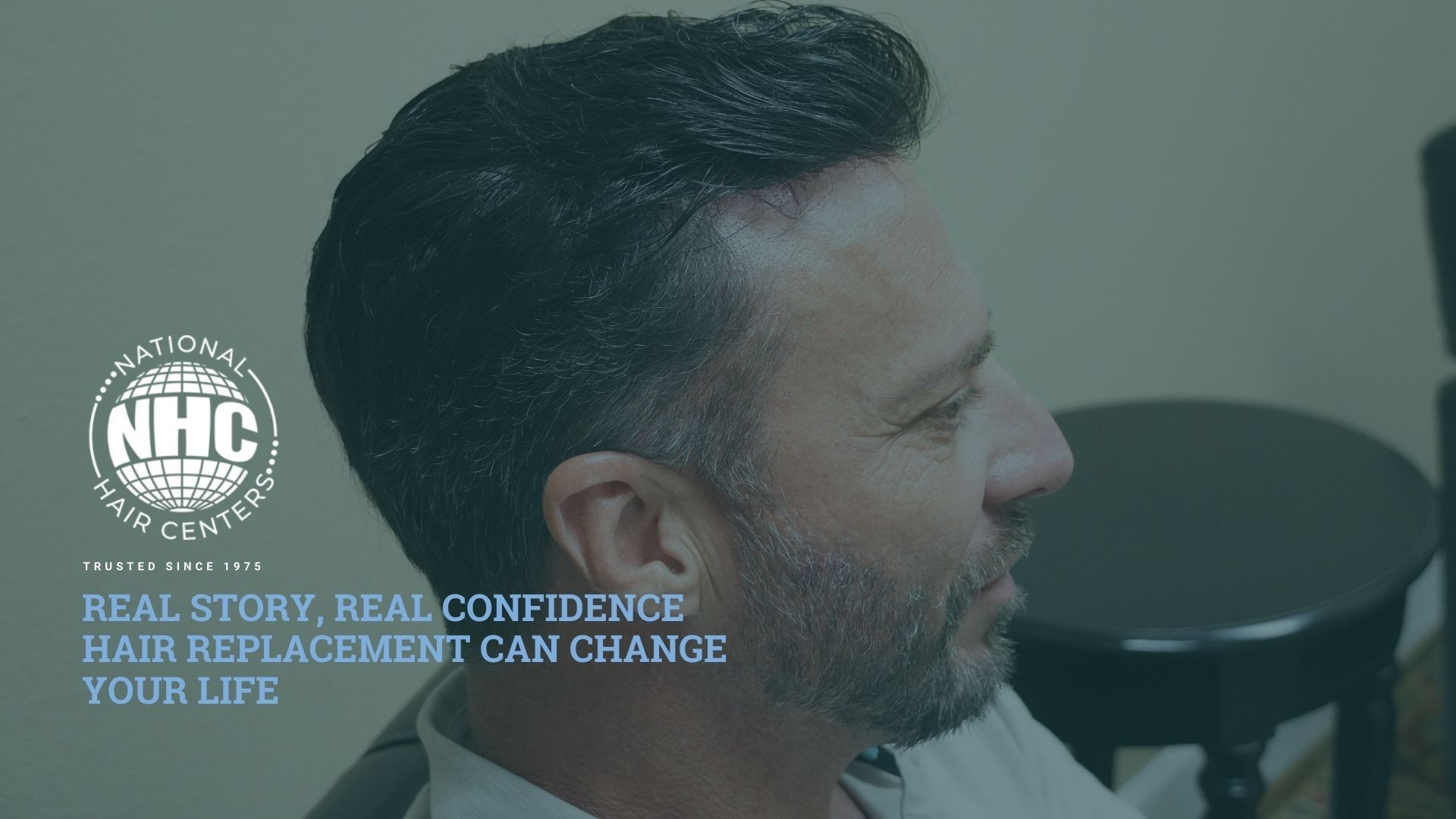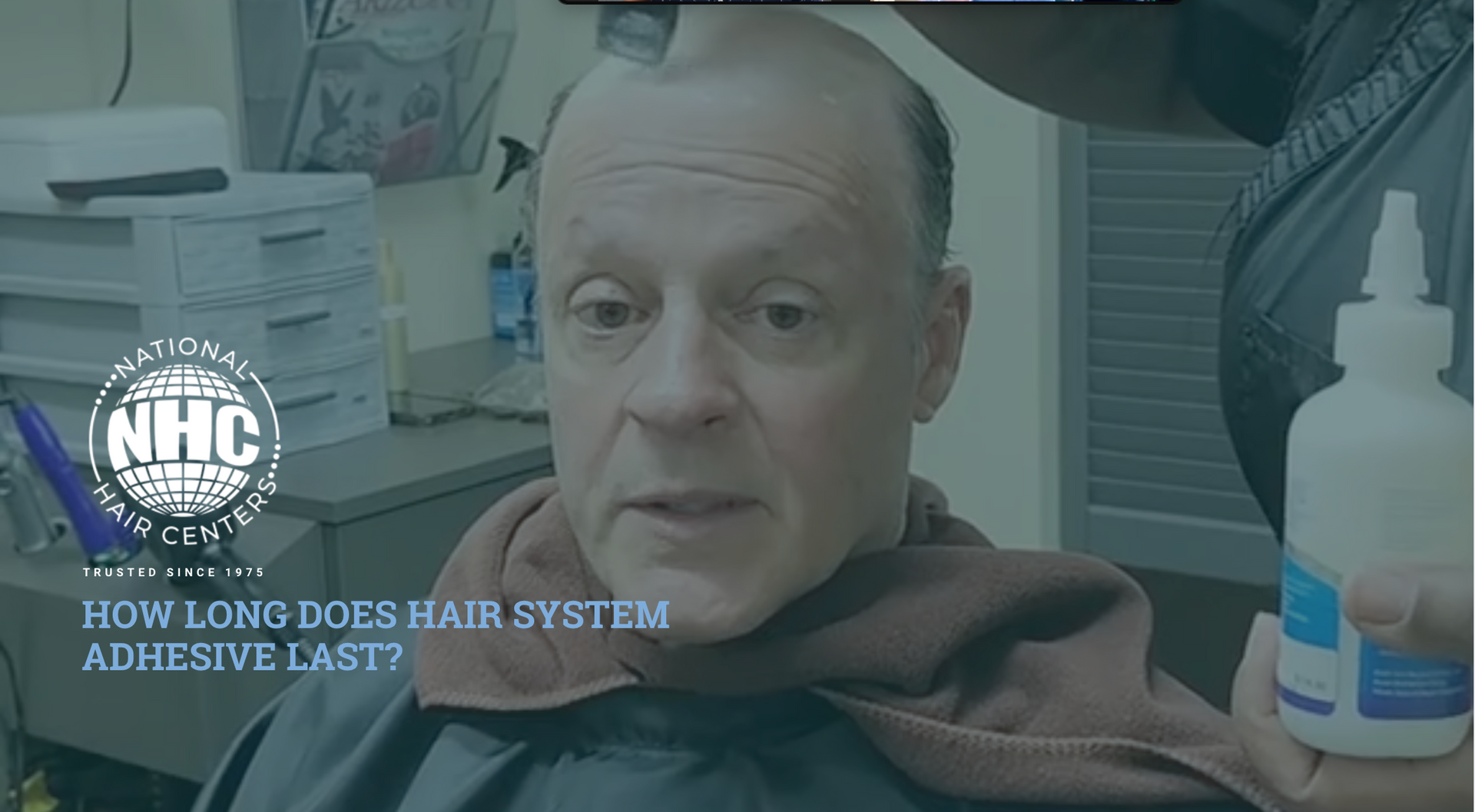What Is Alopecia Areata?

You sit in your dermatologist’s office, and they say it—alopecia areata. Your mind races. What does that mean? Is it permanent? Can it be treated? But instead of answers, you’re handed a vague pamphlet and sent on your way.
If this sounds familiar, you’re not alone. Alopecia Areata is a common but often misunderstood autoimmune condition that causes hair loss in round patches, usually on the scalp, but sometimes elsewhere too. And while the diagnosis can be scary, what’s worse is feeling like you have to figure it all out on your own. You just want clear, honest answers—and most of all, you want solutions.
Types of Alopecia: It Might Not Be Just One
When you hear “alopecia,” you might assume it’s one single condition—but it’s actually an umbrella term that covers several very different types of hair loss. Even within alopecia areata, there are subtypes that affect people in unique ways. That’s why a thorough evaluation is so important: your type of alopecia affects your treatment options, your expectations, and your journey.
Let’s break down the five most common types of alopecia:
1. Alopecia Areata
This is the type most people think of first. It usually shows up as sudden, round patches of hair loss on the scalp, beard, or other parts of the body. It’s autoimmune, which means your body mistakenly attacks healthy hair follicles. The good news? Hair often regrows—though it may fall out again.
2. Alopecia Totalis
This is a more advanced form of alopecia areata. Instead of patches, you experience complete loss of all hair on the scalp. It can come on gradually or follow an episode of patchy alopecia areata that never reverses. Regrowth is possible, but less predictable.
3. Alopecia Universalis
This is the most extreme form of autoimmune-related hair loss, resulting in the loss of all body hair—including eyebrows, eyelashes, facial hair, and even nose hair. It can have a profound emotional impact, and people with this condition often seek both medical and cosmetic solutions.
4. Androgenetic Alopecia
Also known as male or female pattern baldness, this is the most common cause of hair thinning and loss—especially with age. It’s genetic and follows predictable patterns (like receding hairlines or thinning crowns). Unlike alopecia areata, this type progresses slowly over time.
5. Traction Alopecia
This form of hair loss is caused by repeated tension or stress on hair follicles, often due to tight hairstyles like ponytails, braids, or extensions. Over time, the follicle can become damaged or stop producing hair altogether. The good news? If caught early, it’s often reversible.
You Might Have More Than One Type
Here’s what most people don’t realize: you might be dealing with more than one type of alopecia at the same time. For example, someone with androgenetic alopecia might also experience patches of alopecia areata triggered by stress or immune issues. Or a person with traction alopecia may already have a genetic predisposition to thinning hair.
That’s why it’s crucial to get a personalized diagnosis, not just a generic label. The right diagnosis helps guide treatment decisions, manage expectations, and—most importantly—helps you feel in control again.
Who Gets Alopecia Areata?
One of the most frustrating things about alopecia areata is how unpredictable it can be. It affects people of all ages, genders, and backgrounds—and it often shows up with no warning.
Here’s what we know:
- It’s an autoimmune condition. Your body’s immune system mistakenly attacks hair follicles, causing hair to fall out.
- It often begins in childhood or early adulthood, but it can appear at any age.
- It doesn’t discriminate. Men and women are equally likely to develop it.
- Genetics may play a role. If you have a family history of alopecia or other autoimmune conditions like thyroid disease, type 1 diabetes, or vitiligo, your risk may be higher.
- Stress can sometimes be a trigger, though it’s not considered the root cause.
Just because you’re experiencing hair loss doesn’t mean you’ll lose all your hair—or that it won’t grow back. Alopecia areata can be temporary, recurring, or progressive. That’s why a personal, expert evaluation is so important.
Trichologist vs. Dermatologist: Why You Might Need Both
A dermatologist can give you a clinical diagnosis, but a trichologist specializes specifically in hair and scalp health. They can look deeper into what’s actually happening with your hair—sometimes spotting patterns or damage that might be overlooked in a general exam.
At National Hair Centers, our team includes trichologists who partner with you to understand your unique hair loss journey. We don’t stop at a diagnosis—we help you explore options, understand timelines, and make educated decisions based on your lifestyle and goals.
You deserve more than a label. You deserve a plan.
How National Hair Centers Supports You
At National Hair Centers, we don’t believe in a one-size-fits-all solution. Whether you’re dealing with alopecia areata, another form of alopecia, or you’re still waiting for answers—we’re here to help you take control of your hair loss.
Here’s what we offer:
- In-depth consultations with experienced specialists and trichologists
- Custom hair systems for natural-looking results
- Surgical and non-surgical options, depending on your needs
- Supportive, judgment-free care from a team that understands what you’re going through
We know how overwhelming hair loss can be. We also know it’s possible to regain not just your hair—but your confidence.
Take the First Step: Schedule Your Consultation Today
Hair loss doesn’t have to be a mystery—and you don’t have to face it alone. Let’s talk. Schedule your free consultation with National Hair Centers today, and let us help you find the answers and solutions you’ve been looking for.
Want a quick 15 minute phone consultation?
Complete the form below and we will call you back.











